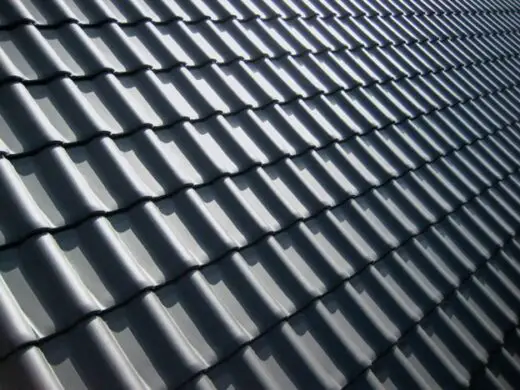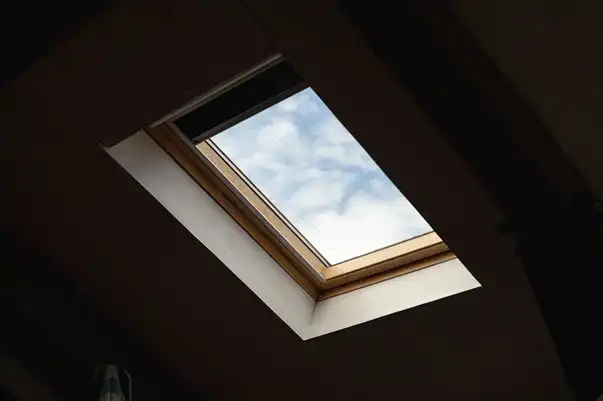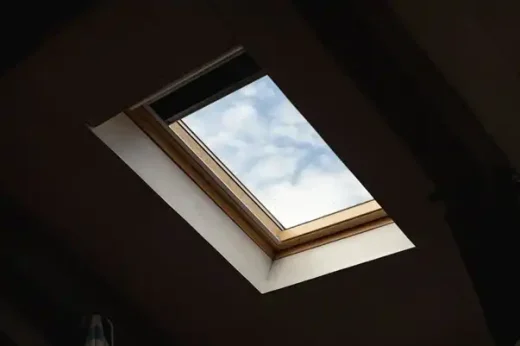Roof hatches for sustainable building ventilation, Home roofing passive cooling design
The Role of Roof Hatches in Achieving Sustainable Architecture
27 November 2024
Sustainability is a key focus in modern buildings. This has led to structural designs that reduce environmental impact while enhancing occupants’ lives. However, achieving this requires that architects embrace innovative solutions in every stage of design.
Surprisingly, one overlooked yet impactful element is the roof hatch. While they are primarily functional components that provide access to rooftops for safety and maintenance, their role extends beyond this. Roof hatches can help achieve sustainability in the following ways:
1. Enhancing Natural Ventilation
Ventilation is a primary aspect of sustainable architecture. It allows homeowners to enjoy comfortable interiors without relying on HVACs. The impact of roof hatches in achieving this cannot be ignored, especially for anyone who wants to reduce energy consumption and their footprint.
The stack effect is the foundation of natural ventilation. This occurs when warm air rises and exits through openings in the upper part of a building. This natural movement draws cool air into the lower parts of the building. Architects can create this natural flow of air by strategically placing roof hatches.
Roof hatches also contribute to passive cooling, especially in tall buildings. Hatches on higher floors create a natural pathway for rising hot air to escape, reducing indoor temperatures and reliance on air conditioning. Besides, hatches can be fixed with adjustable features that allow homeowners to control ventilation.
2. Enabling Easy Renewable Energy Integration
Modern construction focuses on integrating renewable energy into architectural designs. Roof hatches are crucial in ensuring renewable systems are accessible. Be it solar panels, wind, or any other technology, hatches provide vital access to rooftops. A good roof hatch door allows for easy maintenance and upgrades to these systems.
Solar systems are very common energy sources. They provide an easy way for homeowners to use this clean energy. However, they should be maintained regularly for optimal performance. Hatches allow technicians to access the roof safely and efficiently.
Roof hatches also support the integration of wind turbines. Small-scale turbines are increasingly becoming popular in urban settings. Like other renewable options, they require periodic maintenance for optimal functioning. Roof hatches allow for easy access, allowing technicians to conduct inspections.
3. Enhancing Building Resilience
Building resilience is very important in modern architecture. Resilient buildings can withstand unexpected environmental challenges and natural disasters. Hatches play a crucial role in enhancing building resilience. They provide the much-needed functionality for emergency preparedness.
The most notable way roof hatches enhance building resilience is by providing emergency access. Occupants can use these exits as an escape route in a disaster. They are also a point of entry for rescue operations. Hatches also contribute to the structural durability of the building. Recent models are built with reinforced materials that can withstand extreme weather and impact during storms. This ensures that they remain operational, even in harsh conditions.
Endnote
Roof hatches are minor building design components, but contribute profoundly to sustainable architecture. From improving energy efficiency and natural ventilation to supporting renewable energy systems, they play a multifaceted role in creating sustainable structures.
Comments on this guide to Roof hatches for sustainable building ventilation article are welcome.
Skylights + Roofing
Building Roof Hatches
Tailoring roof hatches for optimal functionality and safety
Building Rooflights
Effect of rooflights on lighting and energy expenditures
Skylights for commercial buildings
Promote Better Living by Installing Skylight
Thermal Performance of Rooflights
Roofing Replacement Posts
What You Need to Know About Replacing Your Roof

First Time Replacing Your Roof
Building Articles
Residential Architecture
Comments / photos for the Roof hatches for sustainable building ventilation page welcome




